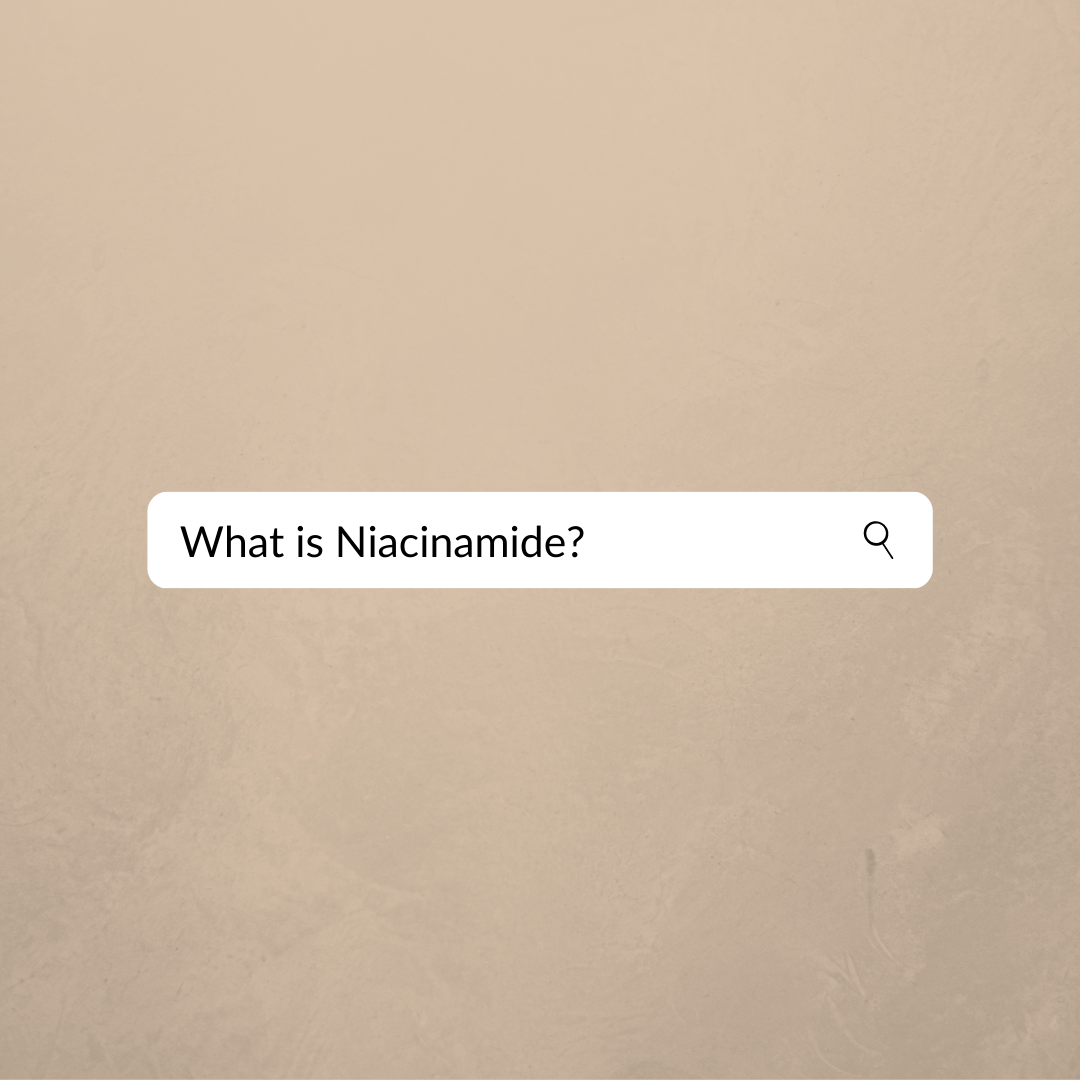
SHAYDE Beauty: Ingredient Spotlight - Niacinamide
Introduction
Known as vitamin B3 and nicotinamide, niacinamide has the ability to improve the skin’s barrier and appearance by producing biochemical cofactors. Luckily, niacinamide is a low risk ingredient to incorporate into your routine! It is found in a plethora of products from foamy face washes to heavy duty serums and is compatible with nearly all ingredients. Keep reading to learn more about niacinamide and why you should consider using it!
What Is Niacinamide?
Niacinamide is one of the two forms of vitamin B3 (niacin). It is a water soluble vitamin that deals with dehydrated skin, reduces wrinkles/fine lines, discoloration, and strengthens the epidermis.
By using topical niacinamide, the body is granted the ability to produce more of these biochemical cofactors and to repair, reproduce, and neutralize free radicals (molecules that are highly unstable and can damage cell DNA) with more efficiency.
What Does Niacinamide Do?
Hydrating:
In this study, topical niacinamide has been proven to enhance the hydrating ability of moisturizers to avoid moisture loss that results in tight and flaky skin. Over time, the skin loses ceramides which leaves the skin to become susceptible to sensitivity and dryness. Niacinamide solves this by reinforcing the epidermis through helping in the production of ceramides -- lipid molecules that form skin’s barrier and hold on to water.
Reduce Hyperpigmentation:
Studies have shown that the application of topical niacinamide can reduce the appearance of hyperpigmentation and dark spots as we age. This is due to the fact that reduced melanosome (where melanin synthesis occurs) transfer from melanocytes (melanin creating cells) to keratinocytes (epidermal cells that produce keratin).
Prevent Signs of Aging:
As we age we lose dermal collagen and proteins that give our skin it’s bounce and elasticity appearance. When the skin lacks epidermal cell layers and proteins like collagen, wrinkles and sagging begin to form. Niacinamide solves this by increasing the biochemical cofactors (NAD/NADH) that stimulate collagen synthesis and other epidermal protiens.
Reduce Yellowing (The Maillard Reaction):
Niacinamide can help prevent the appearance of the Maillard reaction -- a yellowing of the skin that results from an oxidative reaction in cross-linked proteins that are yellow-brown in color. As we age these proteins gather in the matrix of the skin due to oxidative stress. Fortunately, niacinamide can help inhibit the oxidative processes by accelerating the production of antioxidants.
Who Is Niacinamide For?
The great thing about niacinamide is that it is found in numerous products making it easy to incorporate into any routine! However, always look out for the type of product you purchase. For example, purchasing thicker creams with niacinamide would be more ideal for individuals with dry skin than one with oily skin. Everyone can benefit from this ingredient, and -- bonus!-- it is suitable for women who are pregnant or breastfeeding!
I Put It on, What Next?
Now that you have your face covered in niacinamide, ensure you are not experiencing any side effects or severe irritation. Some have experienced mild irritation when using the product, but it should go away following a few uses.
If this occurs, always make sure you try to use the product in small amounts (or purchasing products with low concentrations) to help build tolerance. Despite this, always refer to your dermatologist if you have any questions regarding your skin’s reactions.
